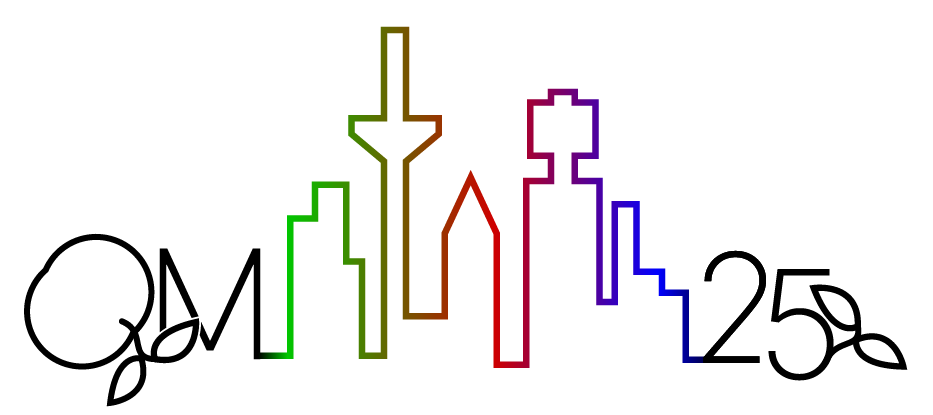Speakers
Description
The three-dimensional structure of the initial state in heavy-ion collisions have become important topic of interest in the community, since it provides insights into the origins of anisotropic flow, the breaking of boost invariance, longitudinal de-correlation, and particle correlations observed after kinetic freeze-out. One of the important properties of the 3D initial state is the tilt of the particle-emitting source away from the beam direction—a phenomenon particularly pronounced at collision energies of a few GeV and lower. This tilt, rooted in the initial collision geometry’s three-dimensional structure, is relevant for understanding phenomena such as directed flow and particle polarization. However, a direct extraction of tilt from such measurements remains challenging.
By employing azimuthally-sensitive femtoscopy (asHBT), we explore the relationship between the tilt parameter measured experimentally and the predicted tilt of freeze-out coordinates from UrQMD model [1]. This approach allows us to investigate the tilt of the pion-emitting source in Au+Au collisions at $\sqrt{s_{NN}}$ = 7.7, 14.5, and 27 GeV using asHBT techniques.
While tilt might naively be expected to correlate strongly only with collision centrality, our findings indicate a more pronounced dependence on the momentum of particle pairs. This momentum dependence invites a reevaluation of directed flow: rather than attributing it to a uniform tilt of the emission source, we propose that distinct regions of homogeneity with varying orientations may underlie these observations.
Our approach offers a framework that the STAR experiment can employ to perform a precision extraction of tilt using the high-statistics BES-II data—measurements of which are currently underway and whose prospects we discuss here. By accurately determining tilt angles across different particle types and momenta, we aim to provide a more precise description of directed flow across species and momenta. This method offers a potentially clearer and more detailed framework for understanding directed flow and other phenomena influenced by the three-dimensional initial state.
[1] Yevheniia Khyzhniak and Michael Annan Lisa. “Pair momentum depen-
dence of tilted source in heavy ion collisions”. In: (Oct. 2024). arXiv:
2410.15134 [nucl-th].
| Category | Theory |
|---|
